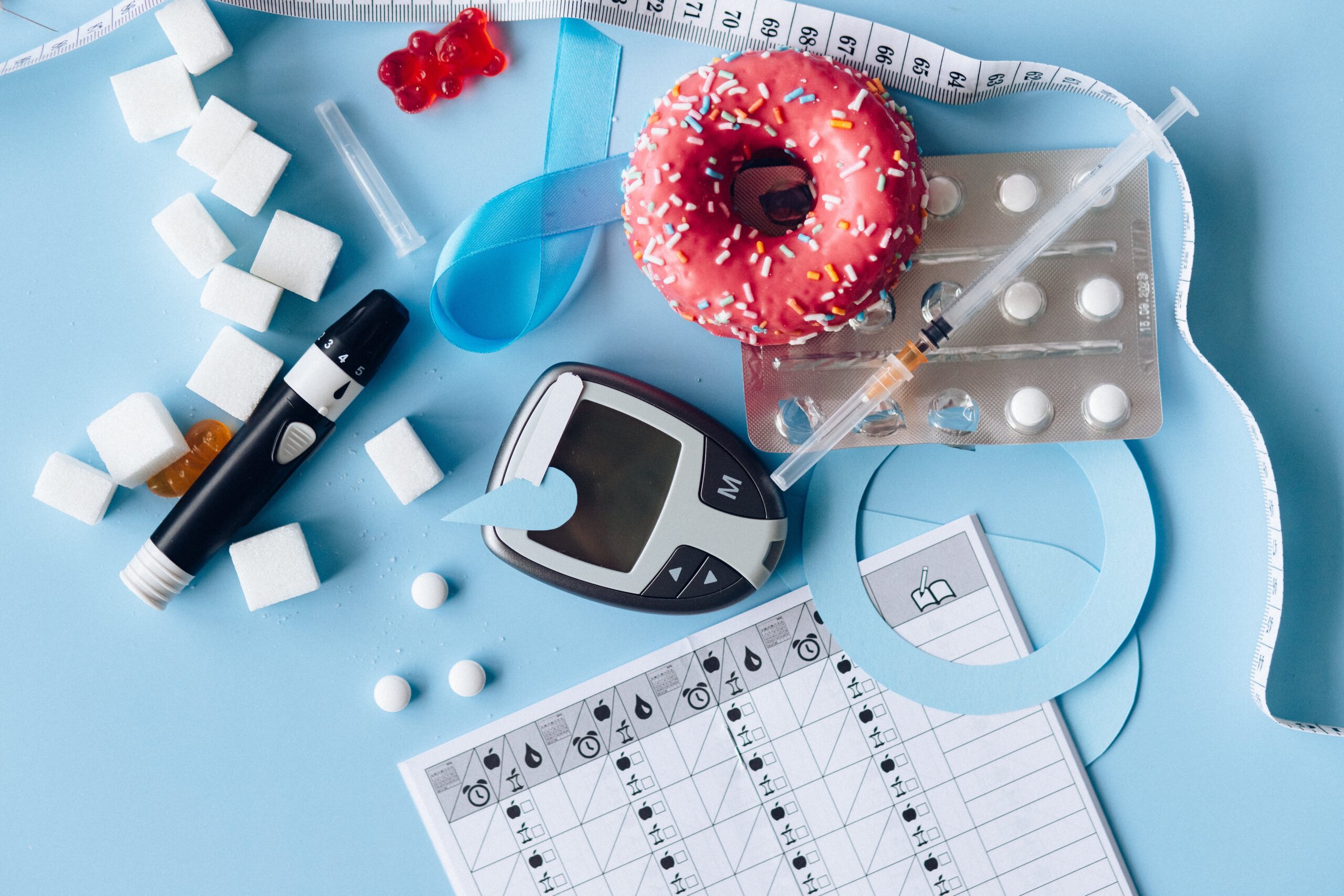Gestational diabetes mellitus (GDM) is a type of diabetes where high blood glucose levels first appear during pregnancy. GDM is one of the most common complications of pregnancy, though it is a transient condition where blood glucose levels return to healthy levels following birth of the infant. GDM is also associated with a higher risk of metabolic diseases such as type 2 diabetes in both mothers as well as their children. Consequently, it is crucial to mitigate the development of GDM. Generally, GDM is treated by recommending changes to a healthier diet and more active lifestyle. When this approach doesn’t work, GDM is treated with insulin or other medications to lower blood glucose. Less is known about the long-term effects of these treatments during pregnancy on the infants but they are associated with higher birth weight infants and a risk of low blood glucose levels. Therefore, additional therapies are being examined to prevent that adverse effects of GDM for mothers and their children.
Natural health products are a potential source of new therapies, although cautious research about the dosage and timing of treatments is needed in order to assess their long-term safety. Resveratrol is one such natural health product that is produced by plants and is present in low levels in foods such as grapes and peanuts.
The purpose of our most recent study was to determine whether resveratrol affected maternal blood glucose levels in pregnancy and whether using it as a treatment for GDM also prevented some of the adverse fetal programming effects of GDM on the metabolic health of the offspring later in life.
How did we test our hypothesis?
We performed our study in rats where we induced GDM using a high fat and high sugar diet. Following mating, these female rats developed diabetes during pregnancy. A subset of the rats that had GDM were given resveratrol in their food to determine its effect on maternal blood glucose levels. We also examined the effects of maternal resveratrol on the health of the offspring up to young adulthood. After being weaned from their mothers, offspring were randomly placed on either a healthy low fat diet or a high fat and sugar diet, without any resveratrol in the offspring diet.
What did we find?
We found that in pregnant rats with GDM, resveratrol administration restored healthy levels of blood glucose and increased insulin secretion by the insulin-producing islet cells of the pregnant mothers.
The male and female young adult rat offspring of GDM mothers were more obese than the offspring of lean mothers. Interestingly, the male offspring of GDM mothers administered resveratrol did not become obese, but maternal resveratrol had no effect on the development of obesity in the female offspring. While the young adult rat offspring of GDM mothers were more obese than the offspring of lean mothers, the offspring of GDM mothers fed diets containing resveratrol exhibited better sensitivity to insulin that improved the control of their blood glucose levels. To understand why, we examined the livers of these offspring because the liver has an important function in producing glucose between meals in order to maintain consistent blood glucose levels. When a meal is consumed the liver responds to insulin to suppress the production of blood glucose, but in diabetes, the liver does not respond appropriately to insulin and continues to produce glucose contributing to high blood glucose levels. We found that the livers of the offspring of GDM mothers tended to continue producing more glucose, even following administration of glucose. However, when we examined offspring from GDM mothers given resveratrol, we observed better control of blood glucose production by the livers. This could also be in part due to the high levels of fat in the livers of offspring from GDM mothers, whereas levels of fat in the liver were much lower in the offspring of GDM mothers that had been given resveratrol during pregnancy.
We also tested in the offspring how GDM impacted the ability of the insulin-producing cells of the pancreas to produce insulin. We found that insulin secretion was reduced in islets from offspring born to mothers with GDM. Insulin secretion was even lower if the offspring that consumed a high fat diet. Interestingly, a major improvement of insulin secretion was observed in the islets of the offspring of GDM mothers given resveratrol.
Why is this important?
Although lifestyle interventions remain the first-line treatment for GDM, their efficacy is often limited as a result of inconsistent adherence to these interventions as well as clear guidelines about exercise intensity during pregnancy. Natural health products such as resveratrol may have benefits that could fill this gap, but there is limited evidence for their efficacy and safety in pregnancy. Our study is the first to use resveratrol as a treatment for GDM in rats after high blood glucose levels are established. We showed that resveratrol in the maternal diet during GDM not only improved maternal blood glucose levels, but also had many positive health benefits for the young adult offspring. These included reduced body weight, less fat in the liver, better secretion of insulin from the pancreatic islets that appeared to collectively improve the control of blood glucose. While these findings are interesting and resveratrol has potential as a treatment for GDM, a lot more work is required before this information could be used in humans. For example, more information about the long-term safety, proper dosage, and timing of resveratrol administration is needed before it could be used as an additional approach for GDM treatment. Nonetheless this proof of concept study does show that treatments administered in pregnancy during critical “windows” of development have long-term effects on the metabolic health of the offspring.
The full text of the paper published in the latest issue of the Journal of Physiology can be found HERE
What's New


New Training Opportunity for Indigenous Undergraduate Students


Now Recruiting Participants for a Research Study!


UM Knowledge Exchange: Type 2 Diabetes in Children


Cardiorespiratory Fitness and Physical Activity in Pediatric Diabetes


Establishing evidence for immune surveillance of β-cell senescence



